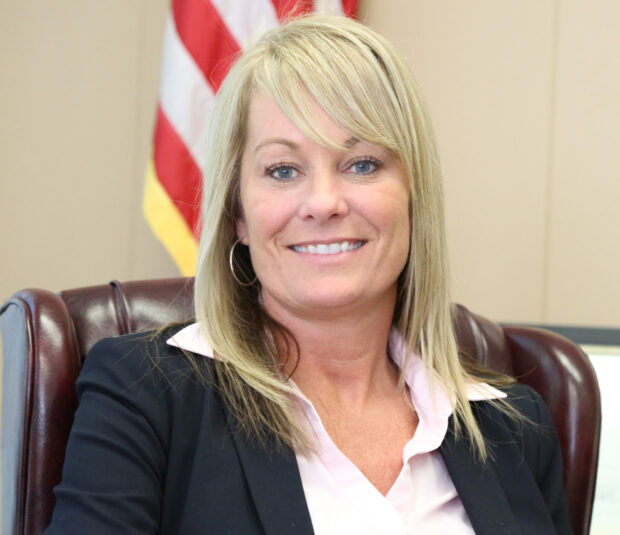Two months after the school year began, the State Board of Education has approved a new rule outlining how school leaders are supposed to report full-time student enrollment numbers to the state.
During a meeting Thursday in Lewison, State Board members voted unanimously to approve a temporary rule that will use 1,200 minutes — or 20 hours — per week as full-time enrollment for K-12 students.
The rule is important because it directly relates to the debate over whether Idaho should rewrite its school funding formula. During the 2019 legislative session, lawmakers spent months debating changing Idaho’s school funding formula from an attendance-based formula to an enrollment-based formula. Legislators failed to change the school funding formula, but they did succeed in passing House Bill 293, which required the State Board to develop a rule defining how school officials define full-time and fractional student enrollment.
School officials will be required to use this new rule to report enrollment totals from October and December to the state. That data could then be used to rekindle the funding formula debate and set parameters as to how the state tracks and defines enrollment in a modern education landscape where increased student mobility, overload courses, dual credit courses and online courses are all in the mix.

“This is the beginning of probably a very long conversation,” Superintendent of Public Instruction Sherri Ybarra said Thursday. “It’s been very difficult. The State Board staff and my department staff worked to come up with a rule that is a data collection piece. Although we may have to revisit it, this will help districts get their work done so the Legislature can continue to have that conversation.”
The State Board actually killed an earlier version of the rule back in August but brought it back. The 1,200 minutes at the core of the rule remains unchanged, but State Board staffers added additional clarifying language to the rule before bringing it back last week. (The rule itself is complicated. To read the entire rule and supporting material click here and scroll to TAB 8, Page 1).
State officials found developing the rule to be a very complicated process. Different Idaho schools run four-day weekly schedules, five-day schedules, semesters, trimesters and block schedules. Some schools have six class periods a day. Others have seven. Some have “zero hour.” Meanwhile, students move between districts throughout the year and some districts and schools share students.
“When you look a school districts or (local education agencies) sharing students when they don’t have same schedule, it gets complicated how to consistently identify what that full-time equivalency was between school district,” Tracie Bent, the State Board’s chief planning and policy officer said.
State Board member Emma Atchley pointed out that 1,200 minutes or 20 hours a week “seems a little short” and wondered how officials came to use that number when many students will attend school for more than 20 hours per week. For instance, if a student attended class for seven hours a day, five days a week, that would total 35 hours.
Bent said the 1,200 minutes figure was taken from how the state already defines average daily attendance; students have to attend for at least four hours to be considered in attendance for a full day. Plus, the 20 hour figure would still allow high schools to obtain full-time funding for juniors and seniors who participate in outside activities, such as internships.
Finally, the rule stipulates that each individual student is capped at one full-time equivalency (FTE).
Higher education policy changes
In other action from last week’s State Board meeting, members also:
- Approved a policy aimed at making higher education more affordable by directing colleges and universities to offer open-source textbooks and other low-cost educational materials.
- Required colleges and universities to post information to their websites explaining their policies for awarding credit for prior learning and how students may apply those credits toward course and degree requirements.
